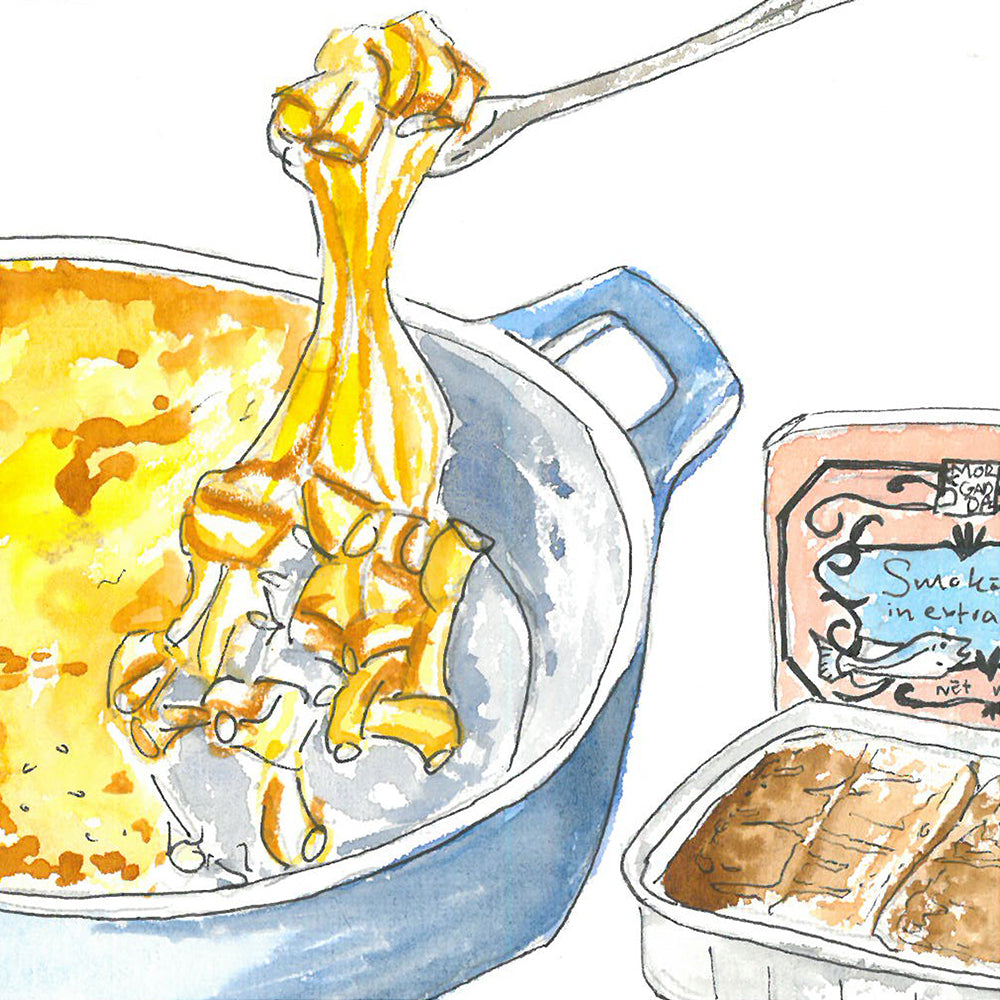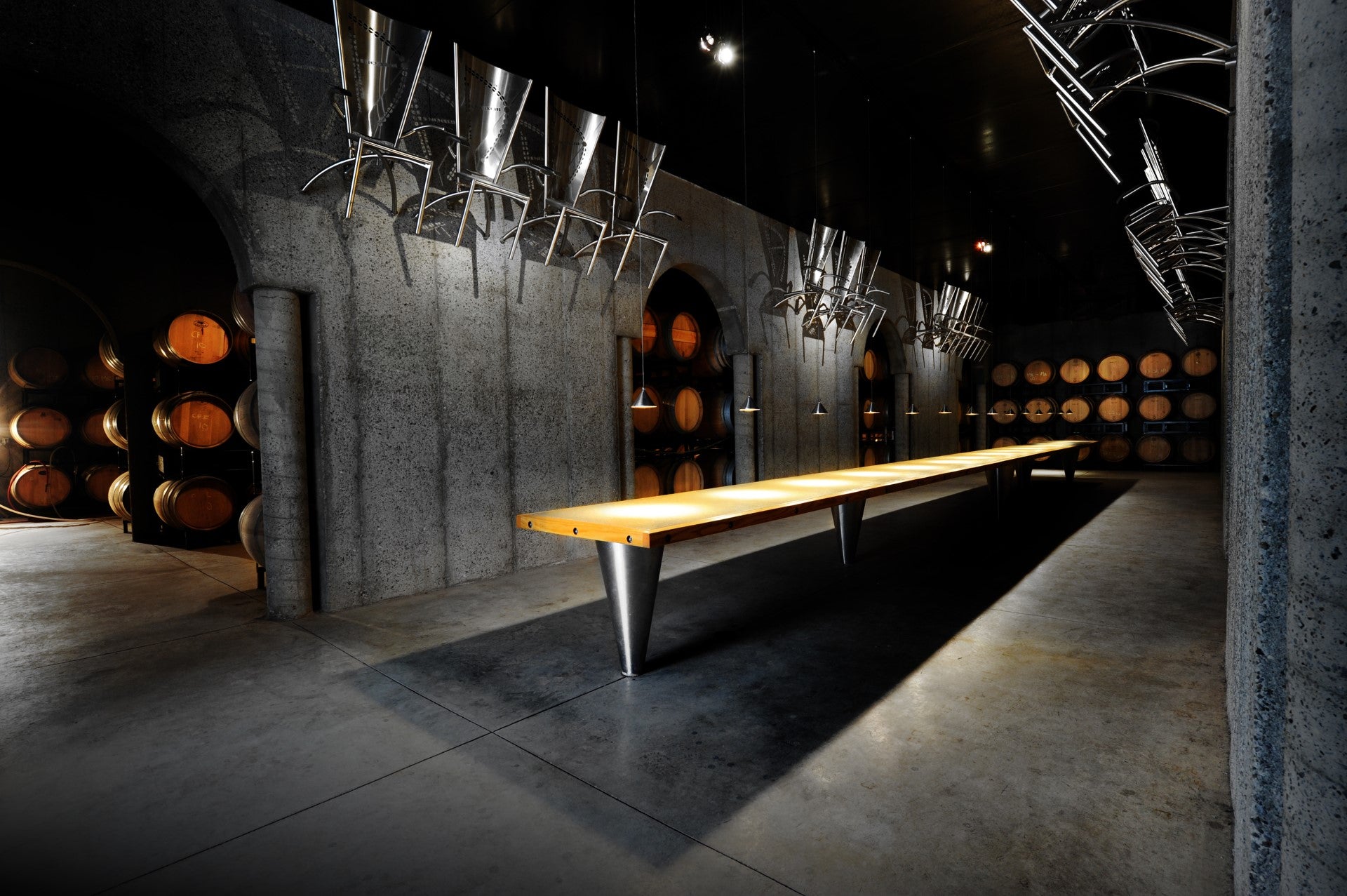More than anything in the wide world of viticulture, a terroir might be the single biggest influence on a wine’s success. A label could boast and claim every innovation, tradition or mission statement, but if a shiny origin isn't paired with those statements, a lot of eyes will, unfortunately, dismiss that bottle. We all know the great reputation of wine-making from certain regions but the reasons behind those reputations can be vague. Sure, an area can grow the finest grapes, house the best soil, and be enveloped by the ideal climate, but aside from those surface-level readings, many of us don't know how these components influence wine, or why they are so essential to a terroir. To celebrate Pilliteri Estates Winery’s thirtieth anniversary we’d like to remedy that and deconstruct the great mythology of Terroir, using Pilliteri’s home of Niagara-on-the-Lake as its case study.
Terroir
A terroir is the combination of local factors within a wine-making region that contributes to the quality of the wine. ‘Terre’ in French translates as ‘earth’ or ‘land’ and the suffix ‘-oir’ is used to form nouns that indicate a place or environment associated with a particular characteristic. An example in French is "laver" which means wash, but "lavoir" refers to a communal washing place. Terroir is not just earth, it's a specific earth. The linguistic result of ‘terroir’ encapsulates the bigger context that ties all elements of a local environment together. The etymology is both precise and nuanced in that it implies that it is not only the isolated factors but their synergy that creates a terroir; it’s not just the soil type, it’s the soil type in that specific environment. Wine writer and author Matt Kramer brilliantly coined terroir as the ‘somewhereness’ of a wine and it summarises in one word the complexity and repute that is attached to geographical origins.
While the old-world countries – Italy, France, Greece etc - still hold the lion’s share of renown within the wine world, the new world’s reputation has significantly grown in the late twentieth century. Ontario, namely Niagara-on-the-Lake, is one of the new world’s champions with its unique terroir largely credited with this budding reputation.
As stated, a terroir is composed of many factors. Soil has already been mentioned, there’s the local climate, the topography, the grape varietals grown, and finally the human influence. We’ll begin with the former, what Wendell Berry called ‘the great connector of our lives.’
Soil
Soil is arguably the beginning of all things agricultural. Planting a seed is a universally known practice that even toddlers recognise – it is the first act in a life cycle. But the delicate balance of the micro eco-systems within the soil is vastly underappreciated.
Soil regulates temperature, manages water drainage, retention and aeration, and is texturally strong enough to hold the plant while remaining malleable and allowing roots to grow. Soil also provides essential nutrients, and what nutrients are provided depends on the type of soil. Nitrogen, phosphorus and potassium are commonly discussed concerning their role in agriculture, with each providing – among other things – the development of foliage and plant growth, root development, and fruit quality, respectively. Naturally, these are abundantly found in soils used for growing grapevines.
To illustrate how soil impacts grapes, below is a list of soil types and their effects on the grape, all of which are found in Niagara-on-the-Lake.
- Clay is excellent at water retention, providing vines with plenty of access to water. This results in richer and more full-bodied wines. The reason for this is that the vines can absorb water more gradually, resulting in a slower accumulation of sugars and phenolic compounds – the natural plant chemicals found in grapes - within the fruit.
- Sandy soils are the opposite with terrific drainage, producing wines with higher and more pronounced acidity. Water scarcity can stress the plant to the point of focusing solely on producing fewer pieces of fruit more quickly, rather than more fruit at a gradual pace. The quick speed allows less time for sugars to accumulate, resulting in a more acidic flavour profile.
- Loam is a nice balance between the previous two with even water drainage and high nutrient retention. Loam is often cited as a soil that produces balanced flavours and acidity from their grapes, spotlighting the grape variety itself that little bit more as Loam's influence is minimal.
- Limestone is a soil that offers strong drainage but its strongest characteristics are its mineral makeup and heat retention. Limestone is high in calcium and magnesium which contributes to grapevines’ alkalinity, which influences the pH balance within the grapes, allowing for regulation of acidity and resulting in less acidic wines. Limestones are also highly proficient in retaining heat, a quality that is essential in climates like Niagara-on-the-Lake which experience more extreme ends of the weather spectrum.
Pilliteri’s vineyards are all located within the Niagara Lakeshore and Four Mile Creek sub-appellations in Niagara-on-the-Lake and have flat topographies that are heavier in sand and loam soils, resulting in balanced and complex wines.
Climate
One abundantly clear fact is that the climate affects everything and it’s no different with wine-making. With the endless complexities offered by soil, it’s no surprise that every component of the climate, from temperature to altitude, plays a holistic role in viticulture.
Temperature is one of the greatest influences on a wine's style. Cold climates usually mean slow ripening, a process that retains acidity and leads to bright and refreshing wines. Warm climates on the other hand are faster ripening and quicker accumulation of sugar levels, resulting in less acidic and sweeter wines. NOTL’s climate is moderate, providing a longer and more gradual ripening period. It also gets consistent sunlight which promotes a healthy proportion of photosynthesis, the energy conversion process that contributes to the overall health and therefore quality of vine and fruit. The balanced temperature means complex flavours, as the grapes are neither consistently warm nor cold, leading to the mingling of sugars and acids.
The fascinating topography of NOTL also offers a unique characteristic in its microclimates. Microclimates tend to create nuanced and unusual flavours as they can offer a wide variety of environmental influences within one concentrated area. This is where orientation, distances to other natural landmarks and altitudes can come into play. Niagara on the Lake, as the name might suggest, is highly influenced by the nearby Great Lakes of Ontario, Michigan, Superior, Huron and Erie. These lakes act as a moderator in temperature, maintaining coolness during summer and warmth during winter. They are never quite dominated by the seasons and so proximity to these lakes can reduce the risk of adverse climate-related problems such as cold snaps. Similarly, vineyards near the Niagara Escarpment vary in temperature, sun exposure and water drainage, leading to many different viticultural expressions all within one region.
Regarding Pilliteri’s vineyards, they are planted directly on the shore of Lake Ontario. This premium real estate beside the deepest of the great lakes ensures that it never freezes and that the vines get maximum protection during the winter. The topography of this area is also predominantly flat, a landscape that has great airflow which reduces the risk of cold pockets and allows for amazing sun exposure, the latter of which is partially responsible for the intensity and ripeness of their wines.
Grape Varieties
What might be the largest contribution to a glass of wine is the grape variety itself. As such, it can be tempting to disregard a varietal as an integral component of terroirs and view it as a separate, isolated factor. Yet some varietals become synonymous with a location and so divorcing it from the terroir is complicated: the more obvious examples would be Barolo of Piedmont or Bordeaux’s Cabernet Sauvignon. In such cases, the grape variety informs the regional identity.
However, there is a reason that certain varietals grow in certain regions as a particular terroir allows some to thrive while smothering others. Broadly speaking, some varieties need more heat to ripen, others need less heat to gradually develop flavours, some need certain temperatures for regulating diseases and pests, and others are more or less sensitive to sunlight. Like all living things, what the varieties need will depend on each variety.
In the case of Pilliteri, they are mainly growing the following:
- Gewurztraminer
- Riesling
- Pinot Grigio
- Merlot
- Cabernet Franc
- Cabernet Sauvignon
- Corvina
- Vidal
Supplementing with the below varietals:
- Viognier
- Syrah
- Rondinella
- Molinara
Due to Pilliteri’s location along Lake Ontario and the benefits it provides, they can focus on cold-sensitive aromatic varieties such as Gewurztraminer, Riesling and Pinot-Grigio as well as Bordeaux red varieties such as Cabernet Franc, Cabernet Sauvignon and Merlot, which offer hardiness in winter. They also focus on Vidal, a French-American hybrid mainly used to create the revered Icewines of Ontario.
The Terroir’s Human Touch
While being the product of human influence, wine-making techniques also contribute to the regional terroir. Practices are often inherited from tradition, making a unique mark on local wine, but techniques also exist that are reactions to local climates. Regarding Pilliteri Estates Winery, they implement practices that collaborate with and work around the cooler temperatures. A simple example is later harvesting. Given the longer ripening period due to the cooler weather, Pilliteri harvests their grapes slightly later than the average winery, allowing them to fully ripen and develop more complex and desirable flavours.
Also due to the cooler winters Pilliteri practices Cold stabilisation, an essential process for cooler climates that chills wines to remove excess tartrates from wines that form due to colder temperatures. Tartrates are harmless though undesirable sediments that can form in wine and the chilling method allows the crystals to sink to the bottom and be filtered. This method is very common in Niagara.
More is not always better and so a common practice is regulating a harvest yield. Pilliteri adjusts yields depending on the weather conditions of each season. This is done by selectively prioritising certain buds and vines and pruning others. This allows the vines to focus their energies on growing fruit that is already further along in their development. It is a sad sacrifice that ultimately results in superior and consistent grapes and wines.
A Toast
The philosophy and science of terroir remain the same but choosing a different region as a case study would yield a far different article, highlighting other exciting examples of the viticultural process and culture. The terroir might be the single most envigorating thing a wine fanatic can cling to in their passion, as no two terroirs are the same and no terroir exists in stasis. While all of the above is a breakdown of the components of a terroir, it is worth remembering that terroir is the sum of all those parts and potentially more. The quantity that is more than the sum of its parts is the end product, the bottle of ruby or rose or diamond waiting to be poured into a glass. Pilliteri has been striving to be more than the sum of its parts for 30 years and given how many times they’ve succeeded in this, we’d like to toast to them and what we hope is another 30 more.



